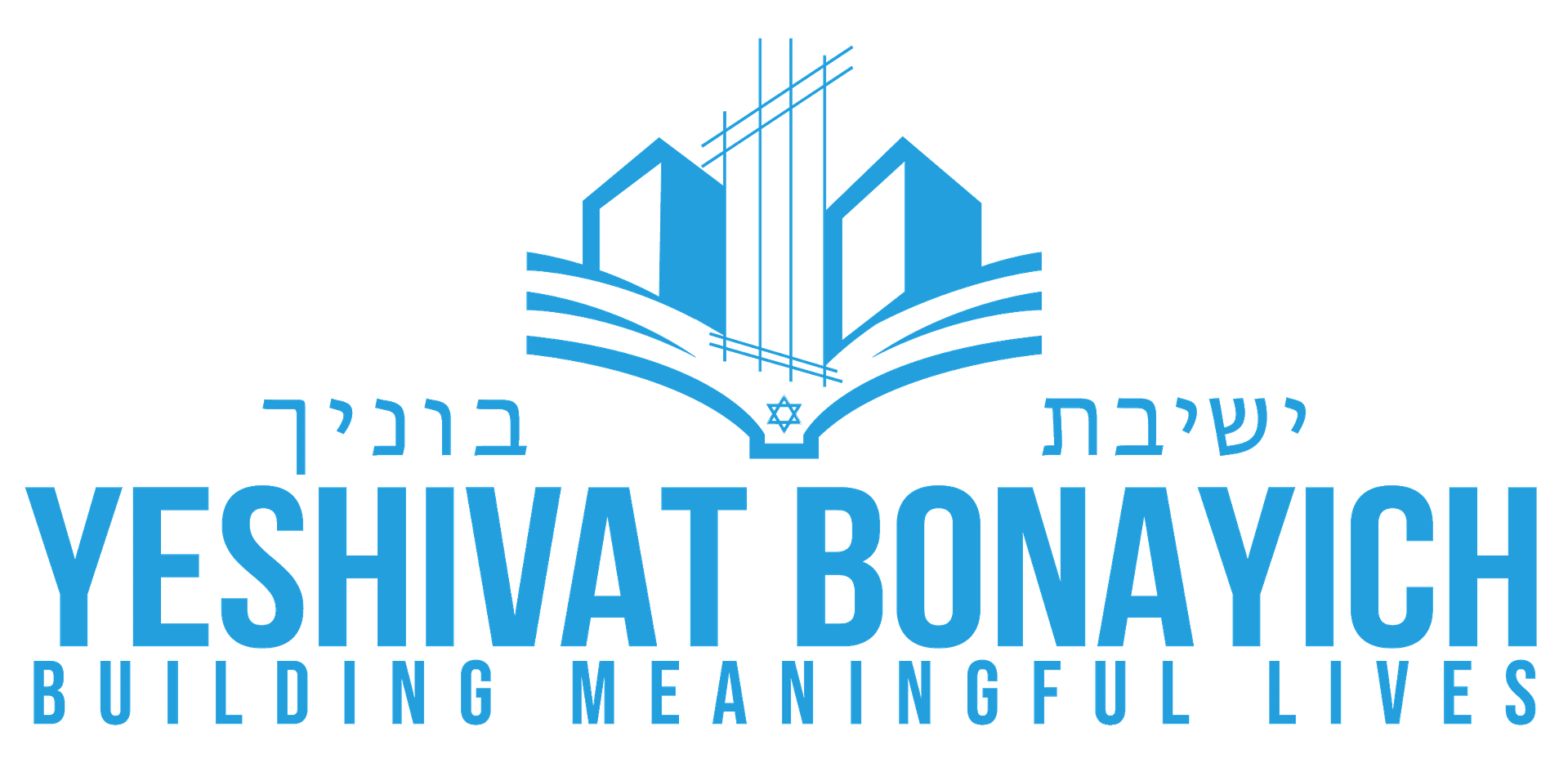“Give a man a fish, and you feed him for a day; show him how to catch fish, and you feed him for a lifetime.”
The truth of this modern proverb applies not only to feeding the hungry but to education as well. Our schools have become experts at providing vast amounts of information for our students to consume. And many of our students have become excellent at consuming the information and regurgitating it back on request.
From the perspective of an early 20th century education model our schools would be considered highly successful. The school has transmitted a vast corpus of useful information to its students. Many of them have retained the data, not only long enough to present them back in a satisfactorily clear manner, but even to recall much of it later in life. We should feel proud of our accomplishments.
The problem with the picture depicted is that we no longer live in the beginning of the 20th century. We are now half way through the second decade of the 21st century. Yet, our educational model is still one from not 100 years ago, but over 150 years ago.
And in truth, even back then, the model was not a great one. It fit the need of the time though. At a time when there was no uniform educational model in the world, and an increasingly industrialized world needing people with uniform skills and knowledge, the notion of a rigidly structured method for transmitting specific information was not only enticing, it was vital.
But our world has gotten so much more complex. There is no fixed set of data that people must know. Our world advances so quickly that we are in the unenviable position of having to train our students for jobs that do not yet exist.
Simply feeding them more fish won’t work. There isn’t enough time. And we don’t even know what information they will need.
And, as I have written in another post, our children today have, literally at their fingertips, all the information they could ever need. Smartphones and other devices provide nearly instant access to more data than could possibly be processed.
And yet, we still continue to feed our students fish.
We teach information. Not how to process information.
We teach information about subjects. Not the skills how to learn those subjects independently.
As much Tanach as we can manage to teach, we can not cover the entirety of Tanach. We have to teach our students how to learn Tanach. And learning Chumash is different than learning Navi. The same can be said about history. Or any other subject.
How would we go about teaching our students how to learn math independently? I’ve been thinking about that question a lot lately. I don’t have an answer. Yet. I don’t think we really ever consider the question, because each math subject is so different from the others that we focus on teaching the subject matter, feeding the students fish.
Gemara falls into the same quandary. We get caught in the differences of subject matter rather than looking at commonalities across specific subjects to identify the skills needed to self-learn.
Which should be our ultimate goal as educators. In every course. In every aspect of our curricula.


I entered college late in life and I always said that the only thing I learned in college is how to learn. Now that I have decided that when I grow up (I am in my 70s), that I want to become a writer, I see that in college I missed learning very basic writing skills, such as grammar. So, yes, we need both the fish and the rod, plus throw into the mix that everyone learns in their own way. In the end, great teachers and motivated students will always be the best combination.